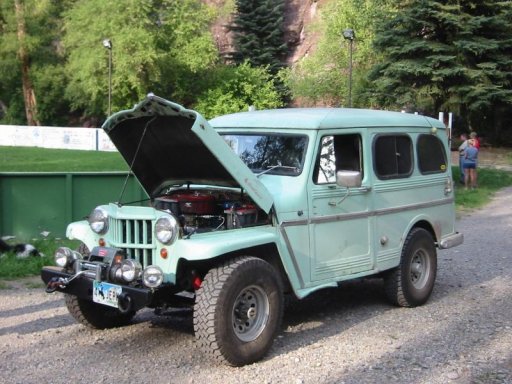
Member III
- 2,827
- First Name
- Kevin
- Last Name
- Trvlr
- Member #
-
20466
- Ham/GMRS Callsign
- KK7NAZ
- Service Branch
- MM1 US Navy
My Willys had no tow points originally so when I built bumpers for it I added them. My bumpers are 2X6 1/4" tubing, I slotted the tube where the D rings would be welded on and slid in a piece of 3/8"plate and welded it in the tube, my D rings are in line with the frame rails and welded.
Here's a shot of the front 2 D rings on the bumper (it's also an air tank) and the back bumper.
Here's a shot of the front 2 D rings on the bumper (it's also an air tank) and the back bumper.
Attachments
-
98.4 KB Views: 44
-
318.3 KB Views: 42






